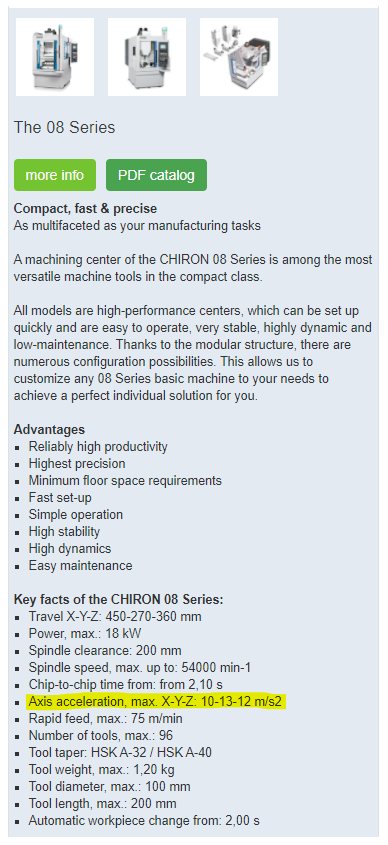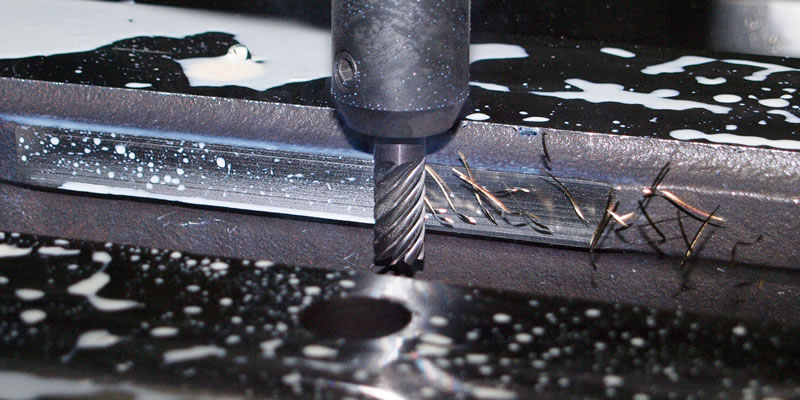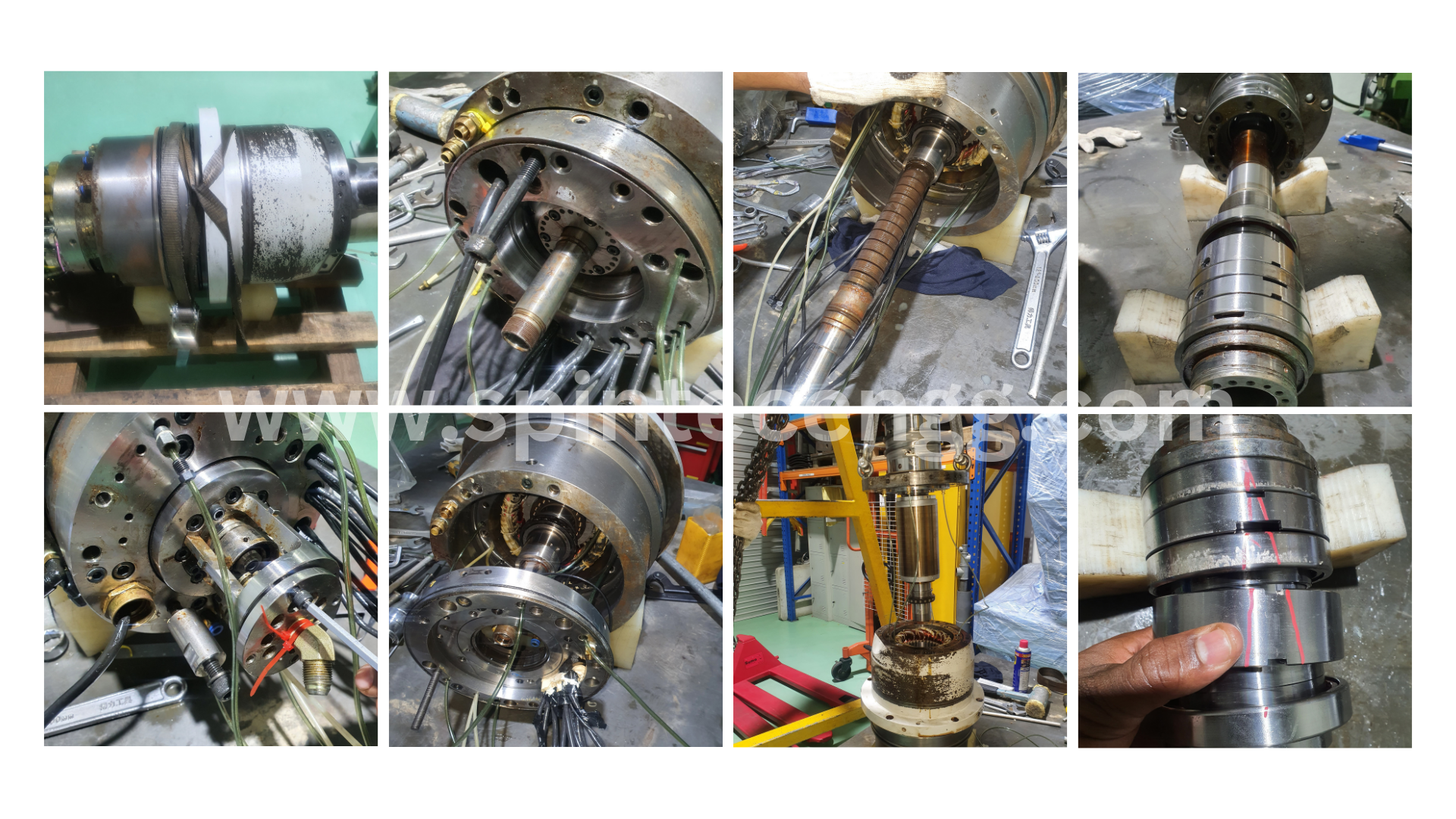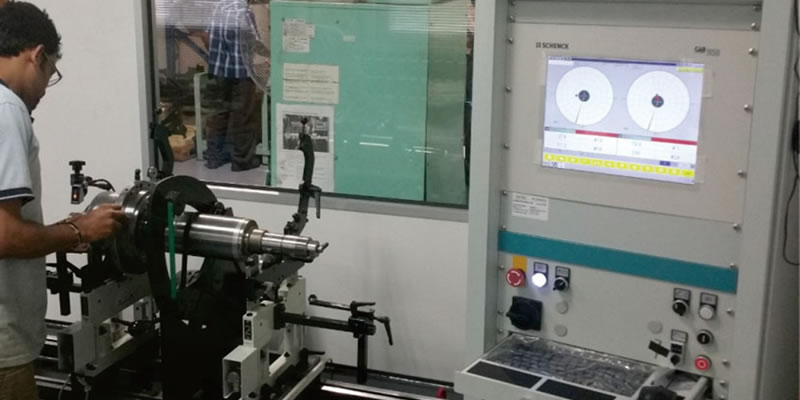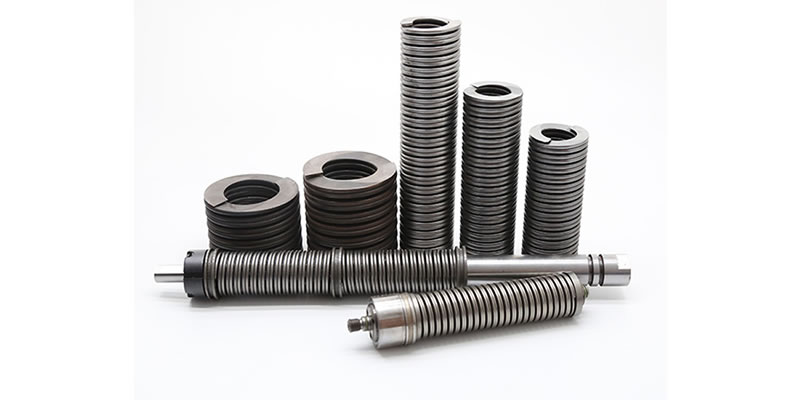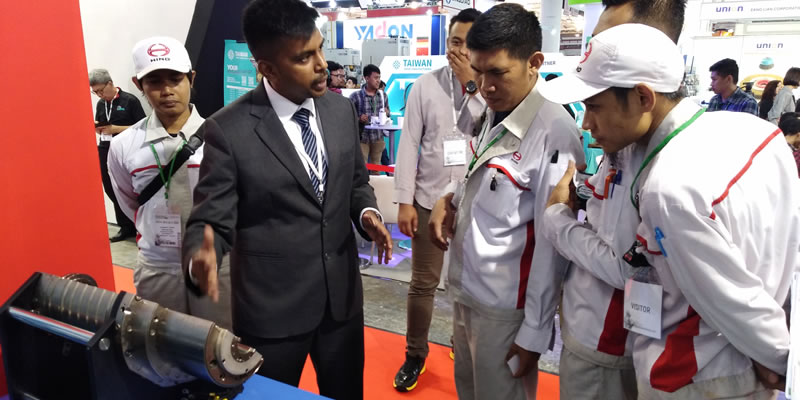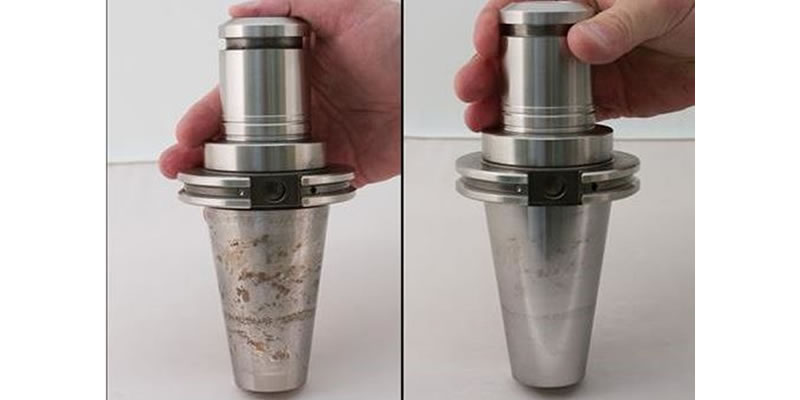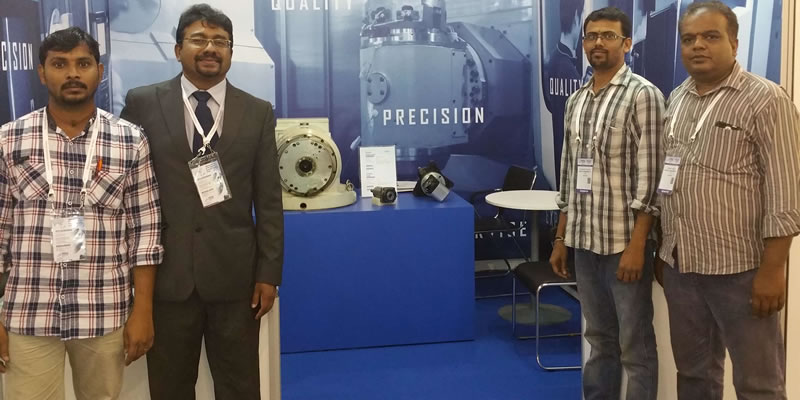Feed Rate Vs. Acceleration Explained
Are you thinking of buying a CNC machine for your shop floor? If yes, then I believe you have done your homework well in choosing the suitable one according to your needs. But wait! Did you find out the machine’s acceleration rate or trapped by looking at the higher value of the feed rate? If you are unsure of the acceleration rate yet, praise me later for writing up this blog especially for you.
This is a most common mistake that any buyer could have come across (but never revealed their mistake or perhaps they may still be using the machine without knowing the acceleration rate). Oh well! Let us fix that now.
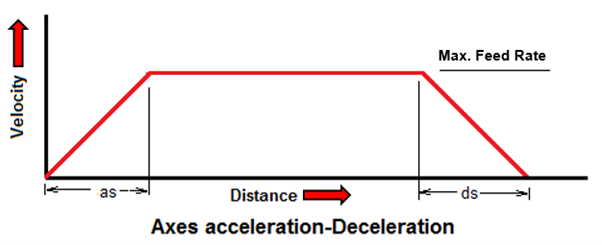
Acceleration is basically the change in velocity (from zero to a constant speed) measured as m/s2 of the moving axis, and feed rate is the speed (or velocity) of the moving axis at a given time measured as m/min (or m/sec). As a machine user, of course, we want the workpiece to be cut as fast as possible and so we want the feed rate to be high. Bear in mind that the cutting speed is also influenced by other factors such as the material of the workpiece and of the length and diameter of the cutting tool, the sharpness of the inserts, etc.
On the other hand, the machine’s acceleration is also as important as feed rate in making your decision in investing into a CNC machine. Usually, acceleration is measured by the G-force (g, gravitational force equivalent) and 1g, not gram but it is the gravitational acceleration on Earth, is equals to 9.8 m/s2. Typical CNC machines may have 0.2g acceleration and high-speed machines may have 2g acceleration. Click here to watch this amazing video on the comparison of different rates of G’eees!!! (Or continue reading) …
Now, assume that there are two choices of CNC machines, A & B, that you shortlisted to purchase with the below details:

By looking at the table above, imagine A & B are toy cars that can travel at the maximum speed of 50 m/min, respectively. We need to find out how quickly the cars (the machines in our case) can reach the speed of 50 m/min speed (the feed rate) by taking its acceleration into consideration. Remember these formulas below:
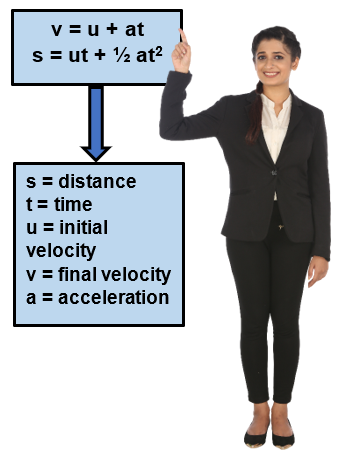
The above calculation clearly explains shows the time difference between car A and B to reach the distance of 100mm and 200mm. This happens because Car A accelerates at 1.5g, but Car B accelerates at 0.3g. However, it must also be noted that the acceleration’s effect is significant until the maximum feed rate is achieved. Upon touching the maximum feed rate, the acceleration will not be effective as the feed rate will be constant until it decelerates at a point later (as per the graph seen earlier). For example:
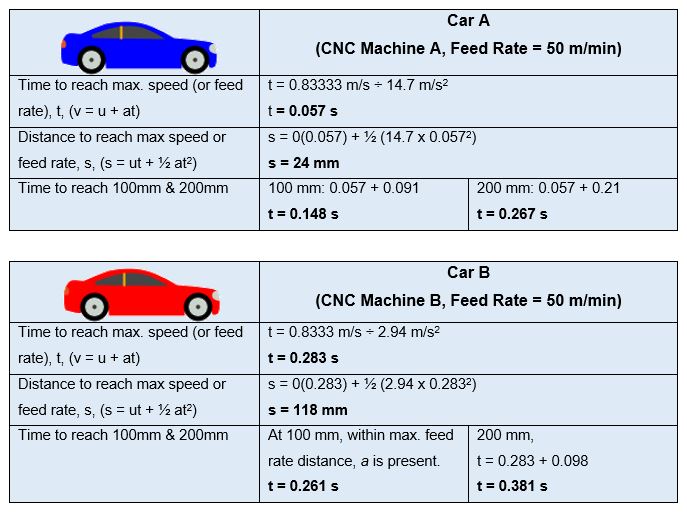
Scenario 1: Your job is to drill 14 x 5.5 mm holes with 20 mm distance on and directions, on an aluminium manifold block.
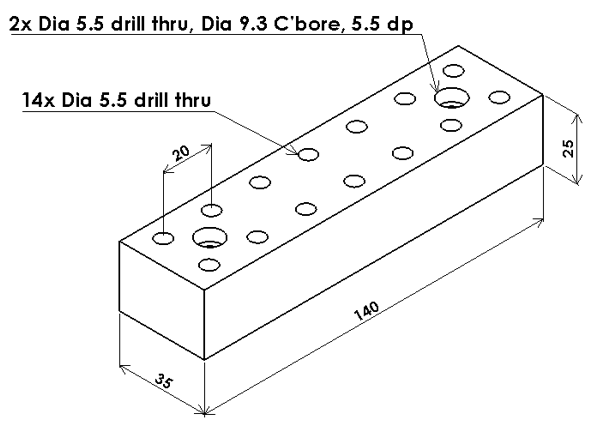
Scenario 2: Your job is to drill 4 x 5.5 mm holes with 230 mm & 20 mm distance each on and directions, on an aluminium manifold block.
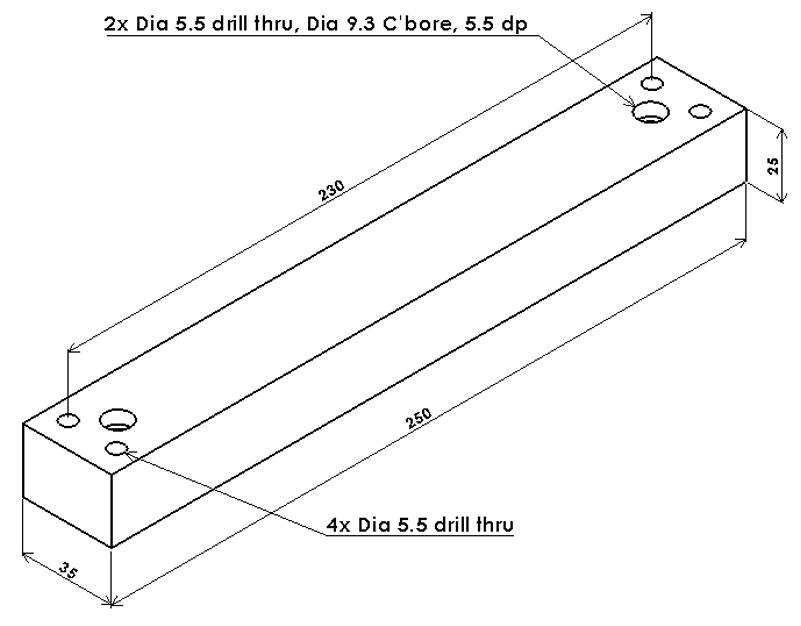
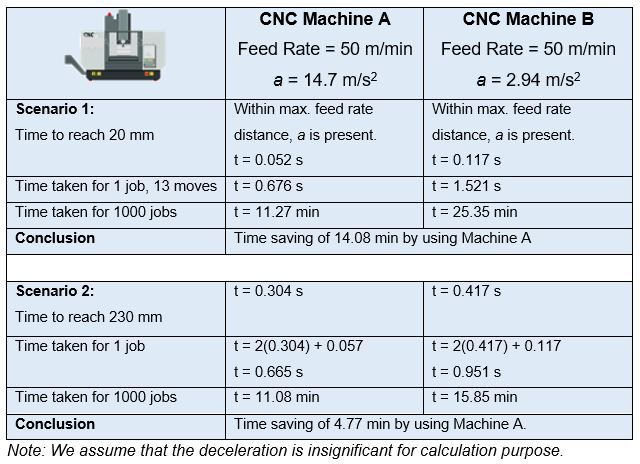
The above calculations are only for one lot of cutting in a shift. Imagine you are running a 24-hours business with multiple shifts in a day. The time saving will be much more significant for you. The table shows that the time saving is prominent for short-distance cutting as in Scenario 1. Thus, we can say that acceleration plays a significant role if you are performing a short-distance cutting and less significant if you are doing a long-distance cutting. The decision is depending on which one is best suitable for the type of cutting job being performed.
Here, you may ask me, “Are you trying to say that feed rate is not important?”. Not at all! This blog is just to give an insight about acceleration as this factor has been always blind spotted when buying a machine. Feed rate is also equally important as acceleration. If you could get a machine in which its feed rate and acceleration best suits your need, then you are gifted :D.
I believe now you will have a better understanding of which machine to invest in to increase your productivity. Some OEMs will have the acceleration rate displayed on their brochure (refer to the brochure below from Chiron). If not found, do ask the machine seller on the G-force of the machine, and do your calculation to check if that meets your requirement. You’re welcome… (for thanking me)! Adios!
